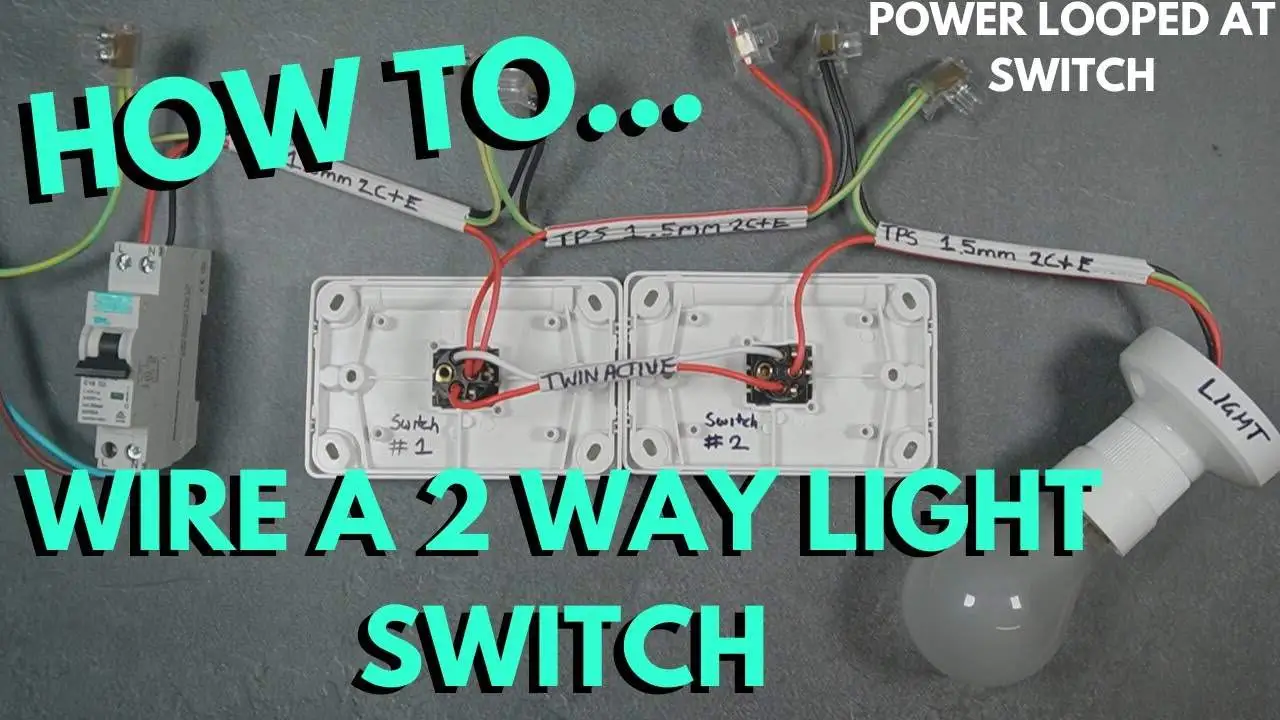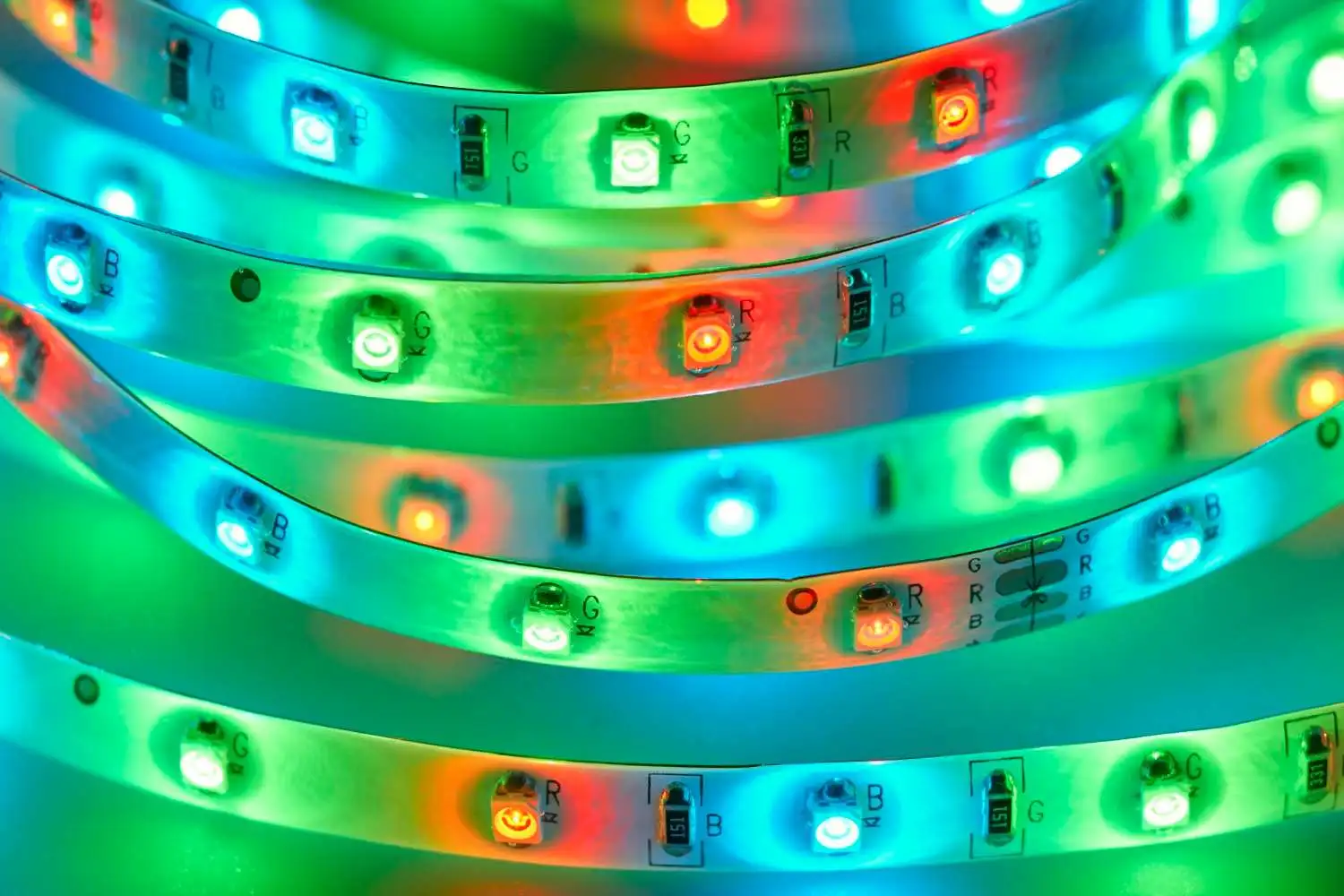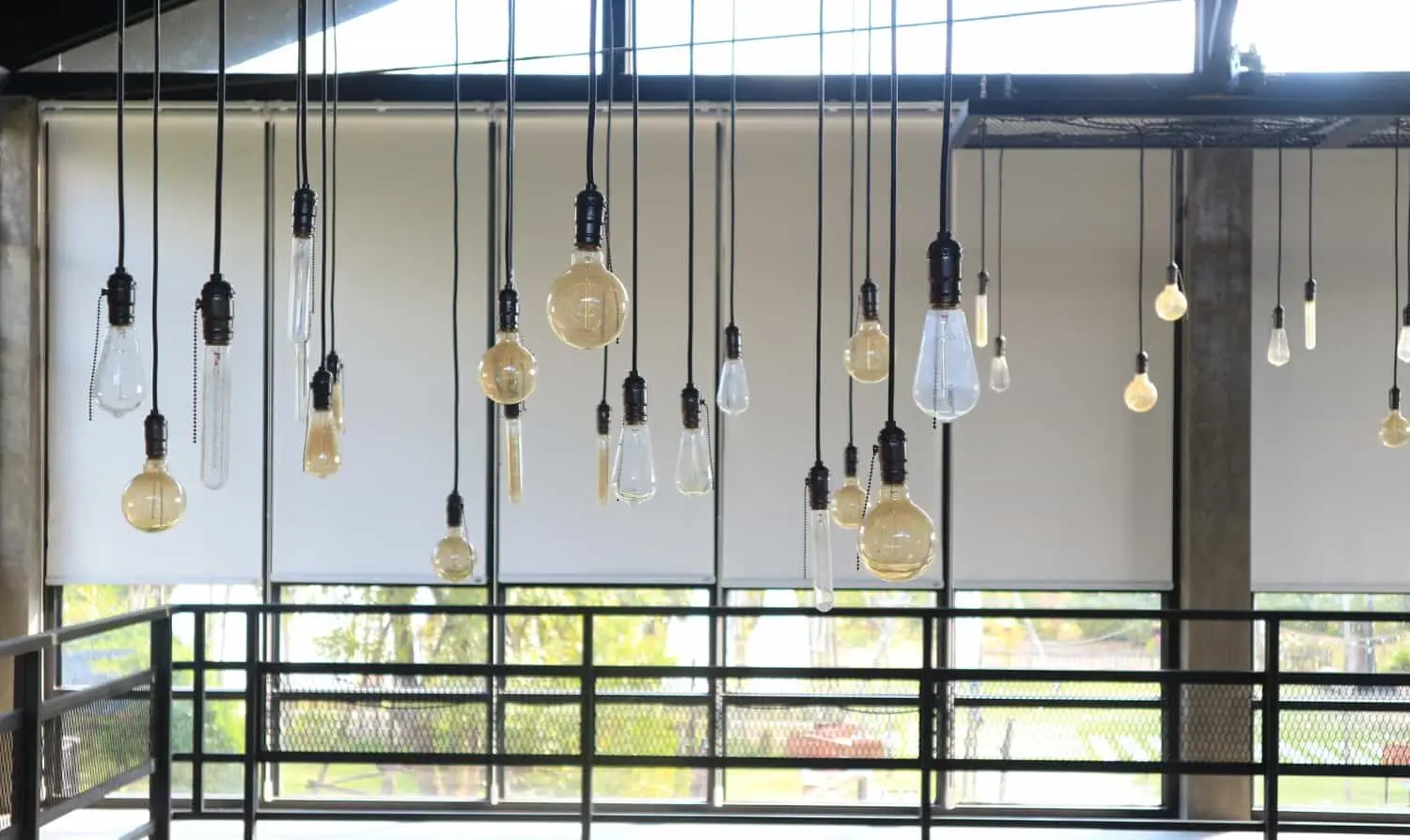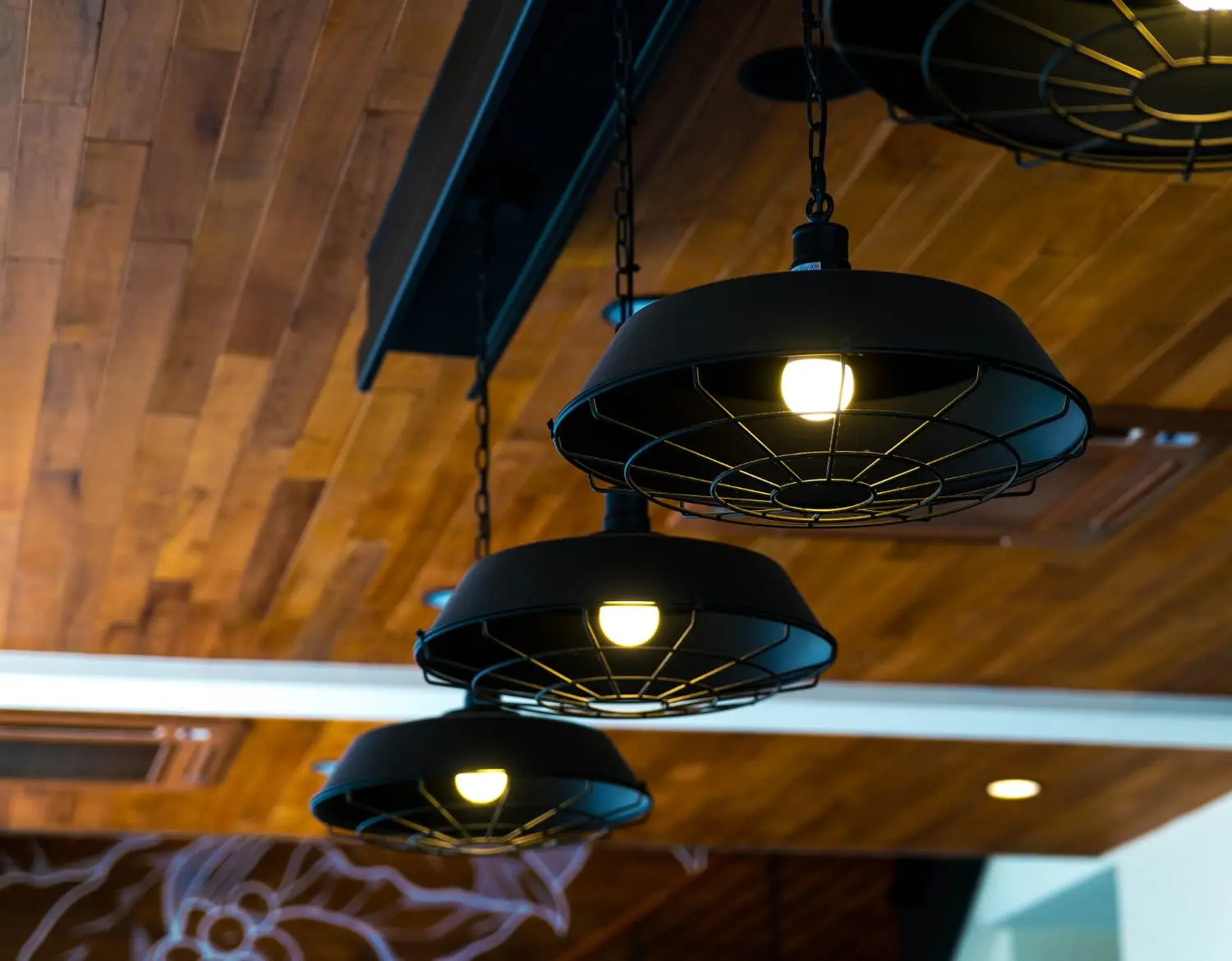Street lights are fascinating pieces of technology that have been around since the 18th century. Not only can they provide illumination at night, but they also make streets more secure and inviting. So if you’re interested in knowing more about street lights and how they’re produced, then you’ve come to the right place!
We’ll take you through the basics of street light production, from its history to the different types. Plus, at the end of this guide, we’ll provide you with some buying tips so that you can make an informed purchase decision.
So, without further ado, let’s get started!
The History of Street Light
Street lights are an essential part of modern life, but they have an interesting history that dates back to ancient times. In the early days, street lights were made from burning torches or candles and used to light up paths in cities and villages at night. We never imagined that we would eventually have electric street lights powered by solar energy and LED technology!
Let’s dive into the history and evolution of street lighting.
| 18th Century | The first street lights appeared. They were powered by oil and gas, which burned brighter than traditional candles or torches. |
| 19th Century | A major breakthrough in street lighting with the invention of electric lights. |
| 20th Century | Street lights began to become even more advanced |
| 21st Century | Development of LED lights, which are even more energy efficient and provide brighter illumination than ever before |
18th Century
The first street lights appeared in the 18th century. They were powered by oil and gas, which burned brighter than traditional candles or torches. This made it easier for people to navigate their way at night. The gas lamps were also used to identify certain places like homes and businesses that had special services.
19th Century
The 19th century brought a major breakthrough in street lighting with the invention of electric lights. These new light sources used incandescent bulbs, which were much brighter than gas lamps and provided better illumination for streets.
20th Century
In the 20th century, street lights began to become even more advanced. Sodium vapor lamps were introduced, which produced a yellow-orange light. They lasted longer and used less energy than incandescent bulbs.
21st Century
The 21st century has seen the development of LED lights, which are even more energy-efficient and provide brighter illumination than ever before. Solar-powered street lights have also become increasingly popular in recent years, as they can be powered by the sun and save energy costs.
Street lights have come a long way since their inception centuries ago. Today, modern street lighting is brighter, more efficient, and more sustainable than ever before. With advancements in LED technology and solar power, street lighting will continue to evolve and improve over time – illuminating our nights and keeping us safe.
Street Light Production: The Basics
Street lights are a common sight found on most streets and roadways. They provide illumination at night, making it easier for people to see and reducing the chances of accidents. Streetlights are typically powered by electricity, but there are also some that use solar power.
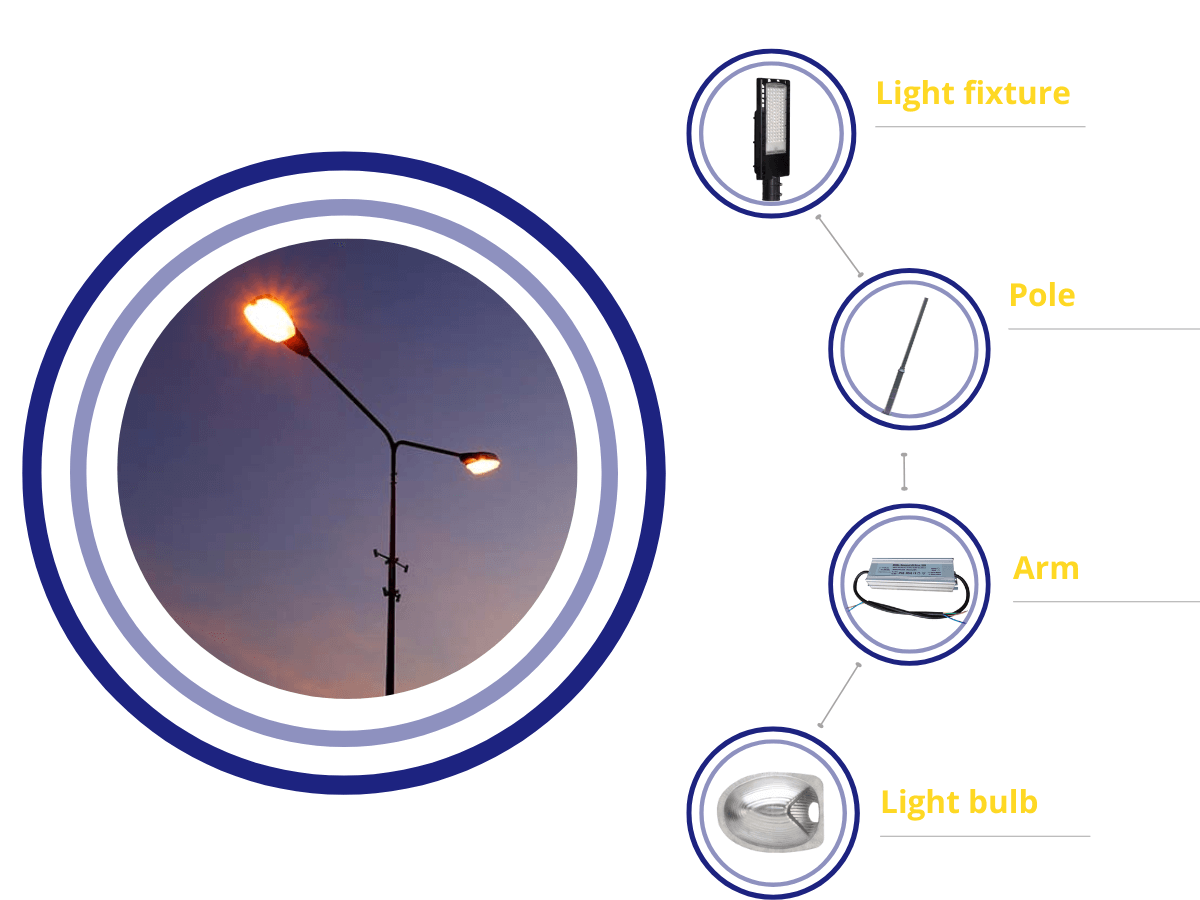
The basic components of a street light are:
Light Bulb
This is the most important piece- it’s the light source that provides illumination. The type of bulb used in a streetlight depends on the lighting requirements of the area and its budget.
Light Fixture
This is the housing that holds the light bulb. It helps protect the bulb from damage, weather, and other elements.
Power Source
The power source is typically electricity, but solar-powered street lights are becoming more common.
Pole
The pole is what holds the entire street light fixture in place. It’s usually made of metal or concrete and must be strong enough to endure wind, rain, and other environmental factors.
Street lights are essential for keeping roads and walkways safe at night and provide comfort and security to those who use them. By understanding the basics of street light production, people can make sure that their area is properly lit and protected against accidents or other dangers.
Raw Materials Needed in Street Light Production
Street lights are an important part of any community. Not only do they provide illumination for safety purposes, but they also add a touch of class and elegance to the area. In order to produce street lights, manufacturers need a variety of raw materials. Some of the most important ones are as follows:
Steel
Street lights often need to be sturdy and able to withstand the elements, so steel is a common material used in their production. It can be molded into a variety of shapes and is very durable.

Glass
Glass is often used in street light fixtures to create a more elegant look. It can also be used to transmit light more effectively.

Plastics
Plastics are another common material used in street light production. They can be molded into many different shapes and are relatively inexpensive.

Electrical Wiring
Without electrical wiring, street lights wouldn’t be able to do their job. Manufacturers use it to connect the light fixture to a power source and provide illumination.
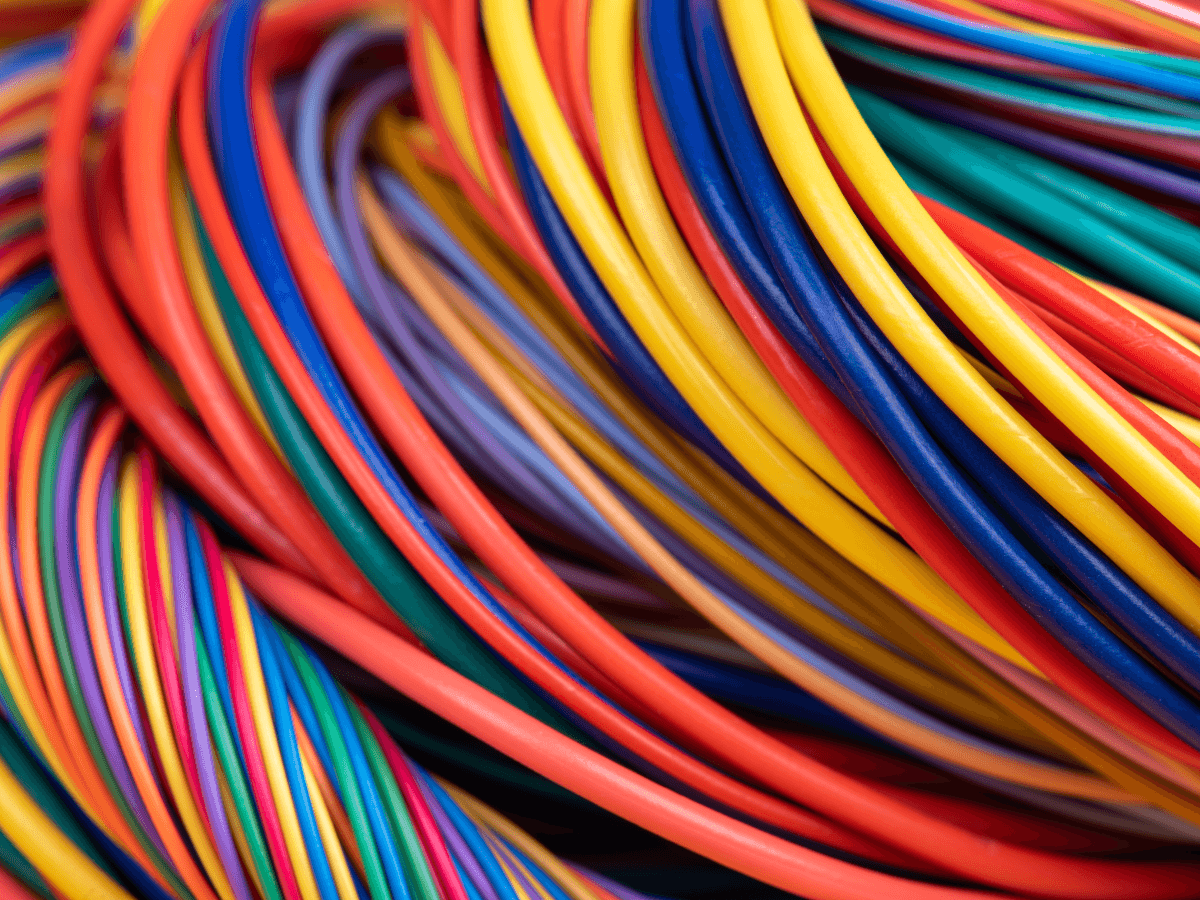
Sensors
Motion sensors are sometimes used in street lights, allowing them to turn on when someone is nearby. They can also be used to dim the lights at certain times of the day or turn them off entirely when no one is around.
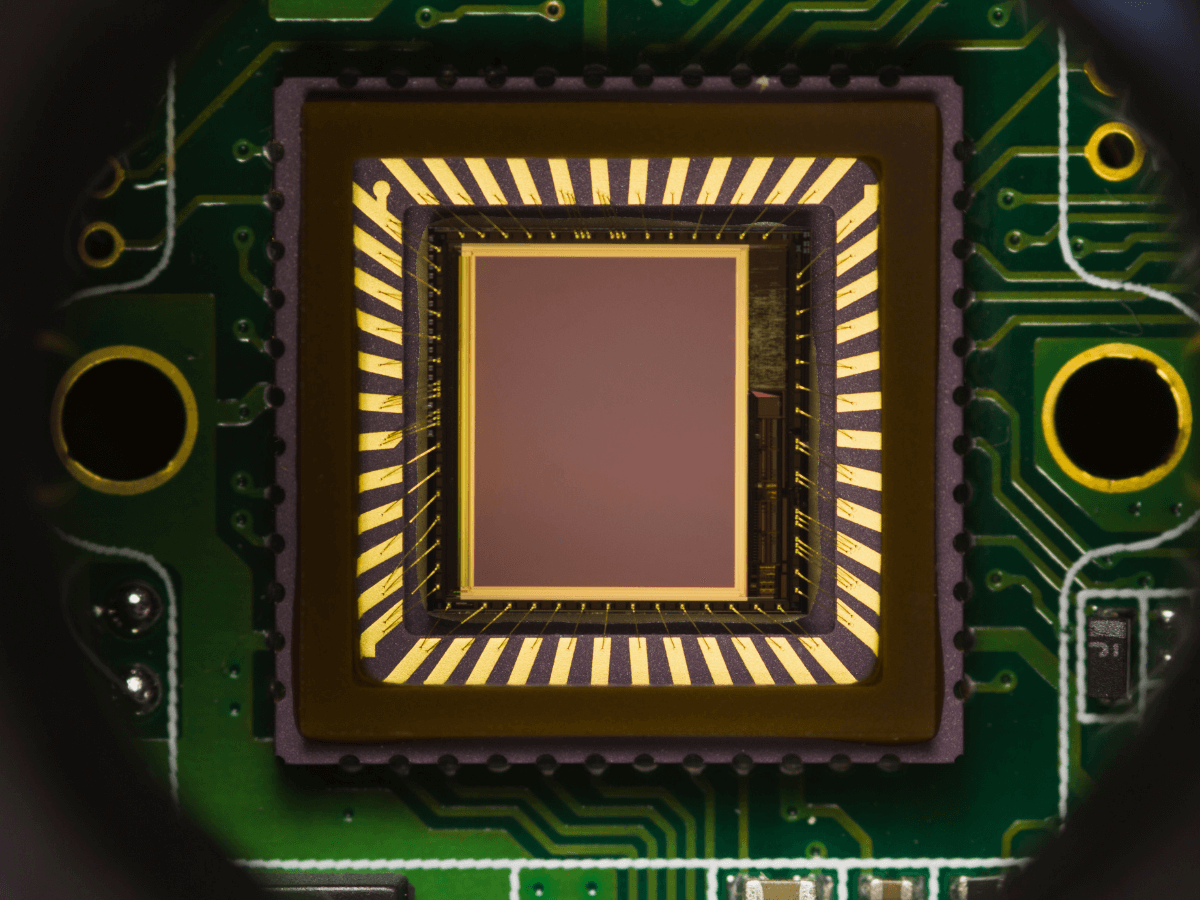
These are just a few of the raw materials needed in street light production. With the right combination, manufacturers can create beautiful and functional lighting solutions for any area. If you’re looking to start your own street light business, make sure to plan ahead and source the right materials.
You can contact us at Vorlane to provide more information about the raw materials needed for street light production. We only use the best materials available and state-of-the-art equipment to make sure that the street lights are of the highest quality. Contact us today! We look forward to hearing from you soon.
Street Light Production: How Are They Made?
If you want to start your own street light production business, you should know that it’s no small feat! Street lights are more complex than they seem on the surface. In order to create a successful and efficient street lighting system, there are several components of products that need to be considered before getting started.
To give you an insight, here’s the step-by-step process of producing street lights:
Step #1 Design and Development
The first step of any light production process is the design and development stage. This stage involves creating a prototype or mock-up that will provide an idea of how the finished product should look like. Additionally, engineers are responsible for designing the circuitry and components needed to power the street light.
Step #2 Manufacturing
After the design and development phase is complete, it’s time for manufacturing to begin. This stage involves producing components for the lighting system, such as glass fixtures, pole mounts, wiring, lamps, and other components that require specific procedures.
Step #3 Testing
Before a street light can be used, it must be tested to ensure that it works correctly and meets safety standards. This includes testing the electrical components of the system as well as making sure all parts are properly secured.
Step #4 Installation
Once all of the components are manufactured and tested, it’s time for installation. This stage involves assembling the street light and connecting it to the power source. Additionally, installation technicians must ensure that all components are properly connected and functioning correctly.
Step #5 Maintenance
After a street light is installed, it needs regular maintenance in order to keep it running efficiently. This includes changing out bulbs, cleaning fixtures, and making sure the wiring is secure.
So there you have it! That’s the step-by-step process of producing street lights. If you’re looking to get into the street light production business, make sure to keep these steps in mind and you’ll be well on your way to success!
6 Types of Street Lights and Their Costs
There are a variety of street lights available on the market, each with its own benefits and drawbacks. Here are seven types of street lights and the costs associated with them:
#1 LED Street Lights
LEDs are the most efficient type of street light available, lasting for up to 25 years without much maintenance. They can be quite costly initially, ranging from $200-$500 per light depending on wattage, but they will end up saving you money in the long run.
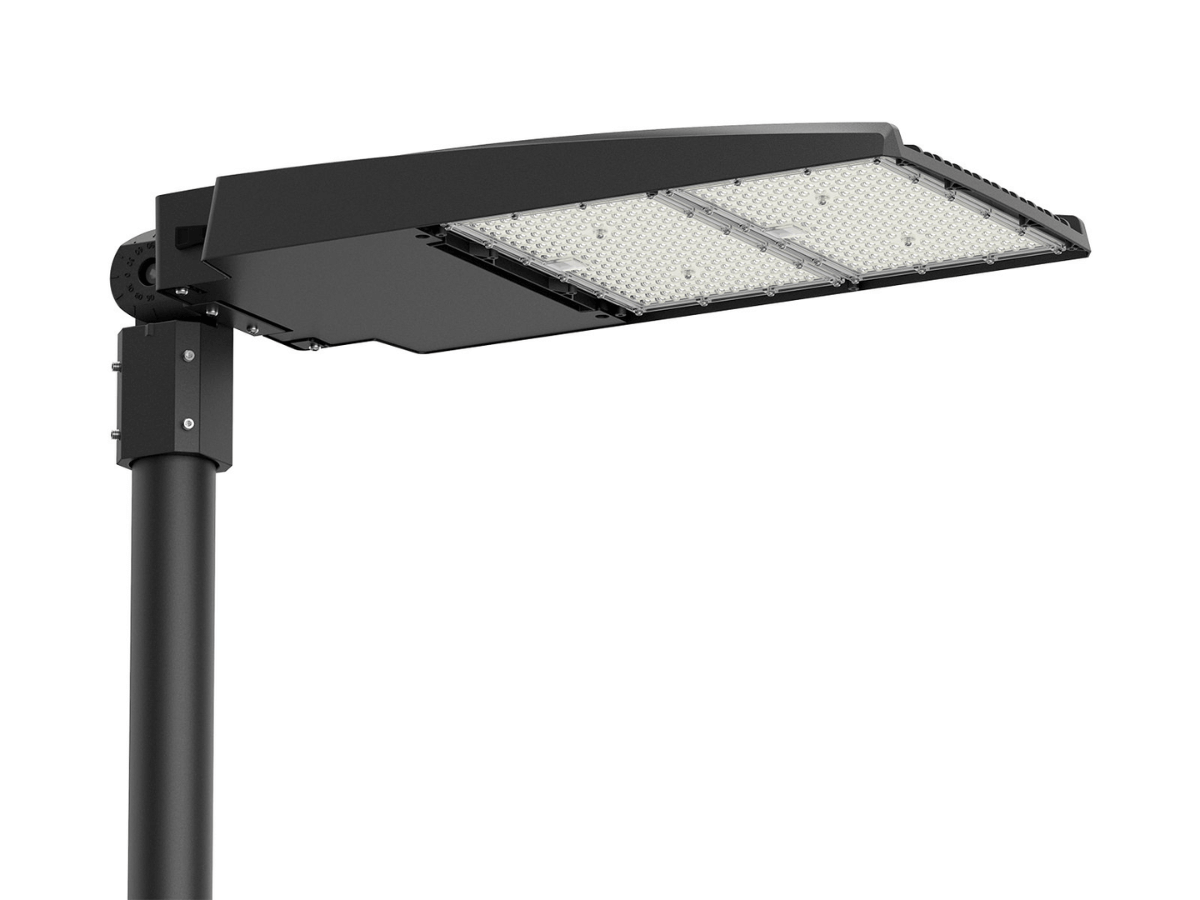
#2 High-Pressure Sodium Street Lights
These lights are more affordable than LEDs but still quite efficient, lasting up to 20 years without much maintenance. They typically cost around $100-$200 per light, depending on wattage.
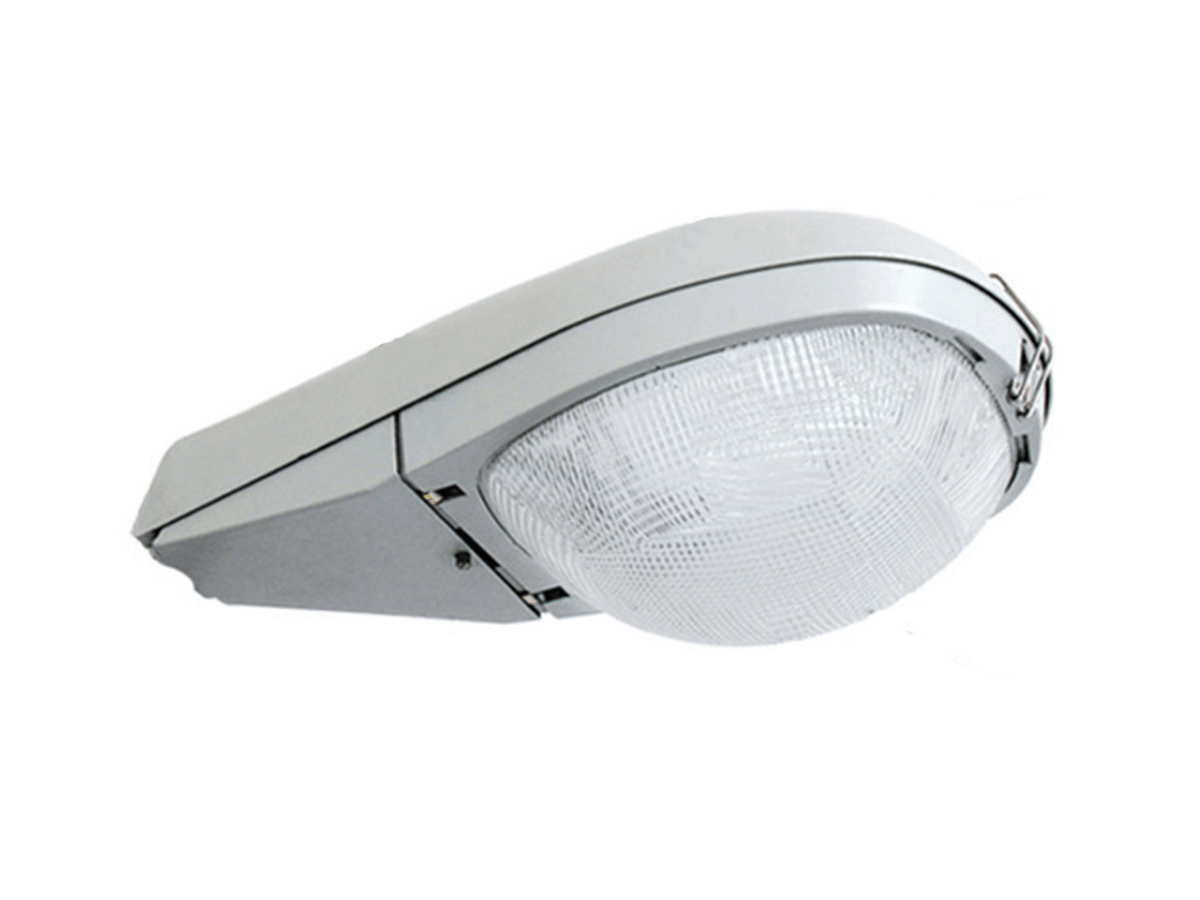
#3 Metal Halide Street Lights
These are the most popular options for many cities as they are both efficient and affordable. They typically last up to 18 years without much maintenance and cost around $50-$150 per light, depending on wattage.
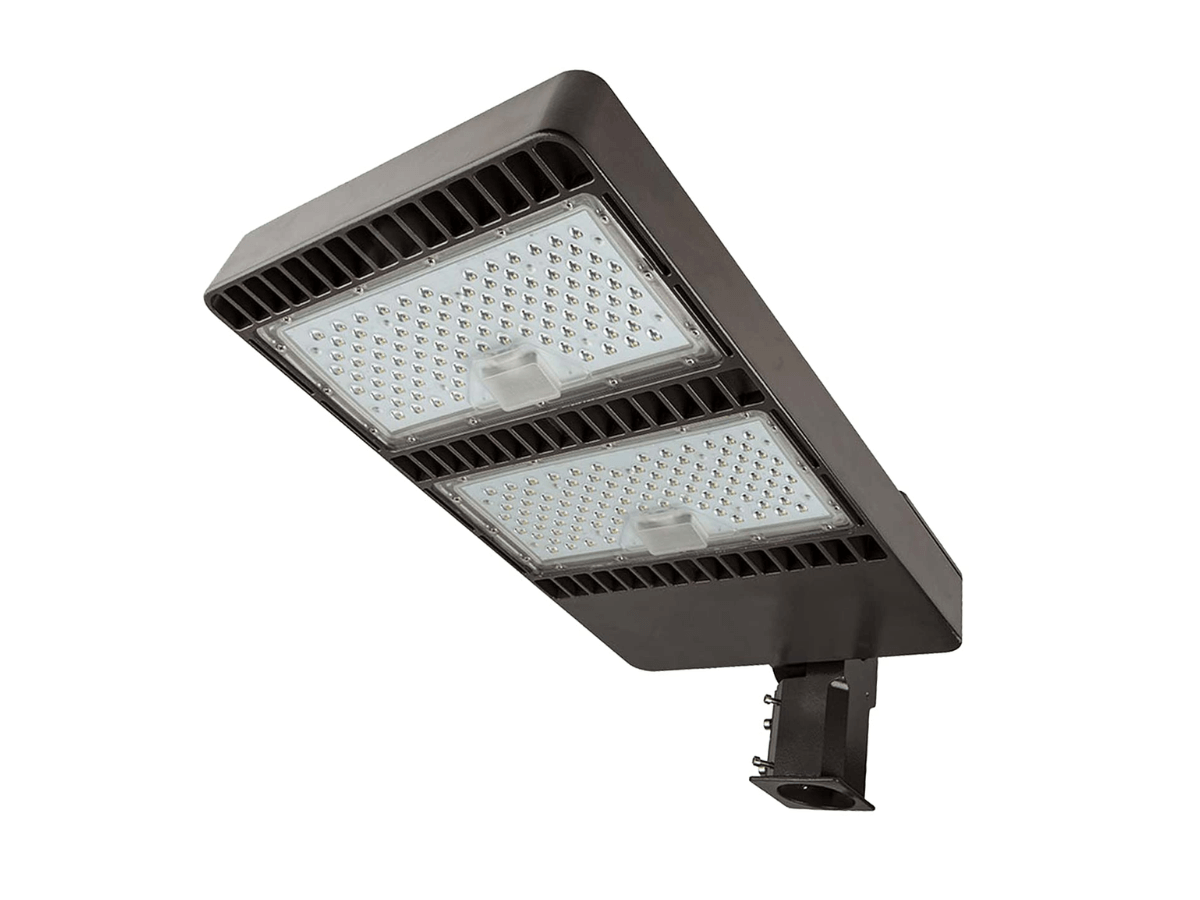
#4 Fluorescent Street Lights
These lights are quite popular in residential areas due to their low costs, but they don’t last as long as other types of street lights. They typically last up to 8 years without much maintenance and cost around $20-$30 per light, depending on wattage.
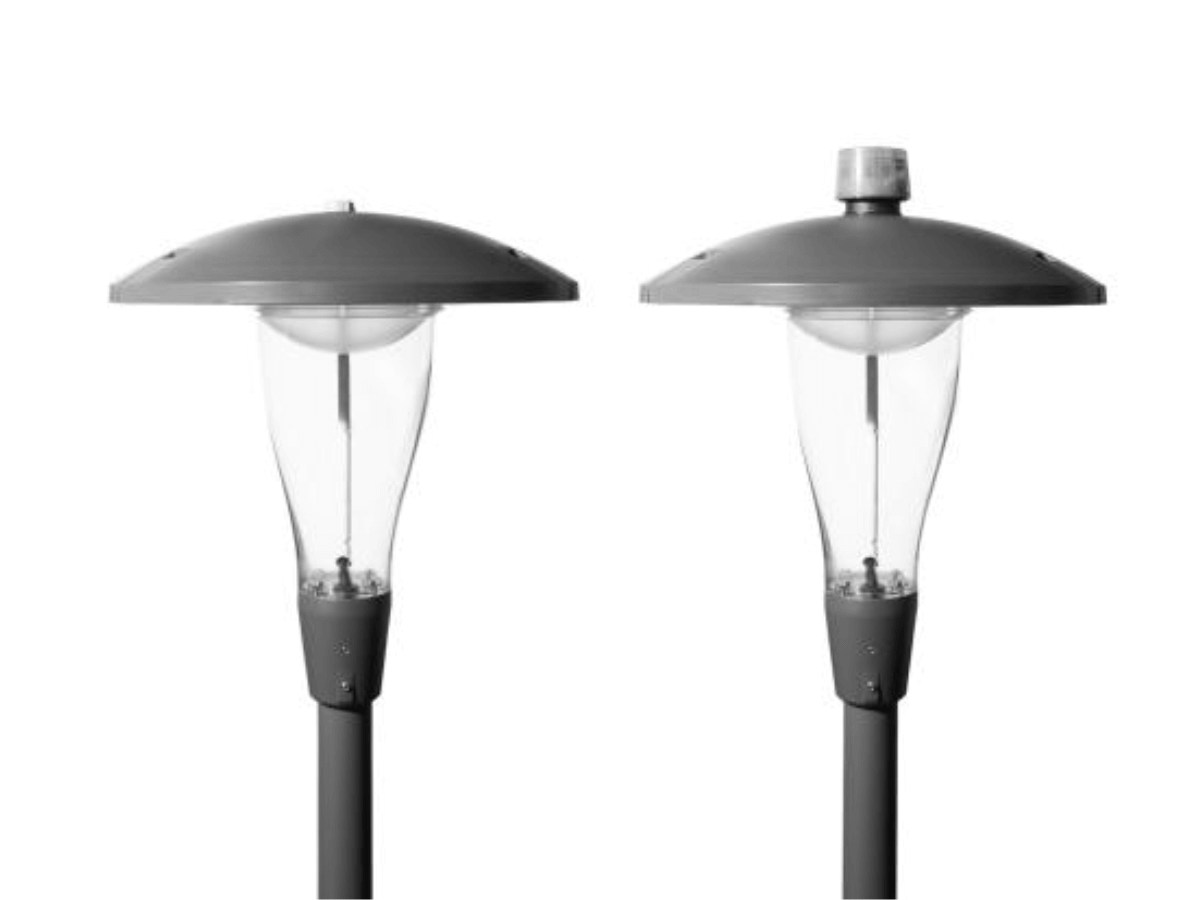
#5 Incandescent Street Lights
These are the most traditional type of street light, but they’re also the least efficient option available. They typically last up to 2 years without much maintenance and cost around $10-$20 per light, depending on wattage.
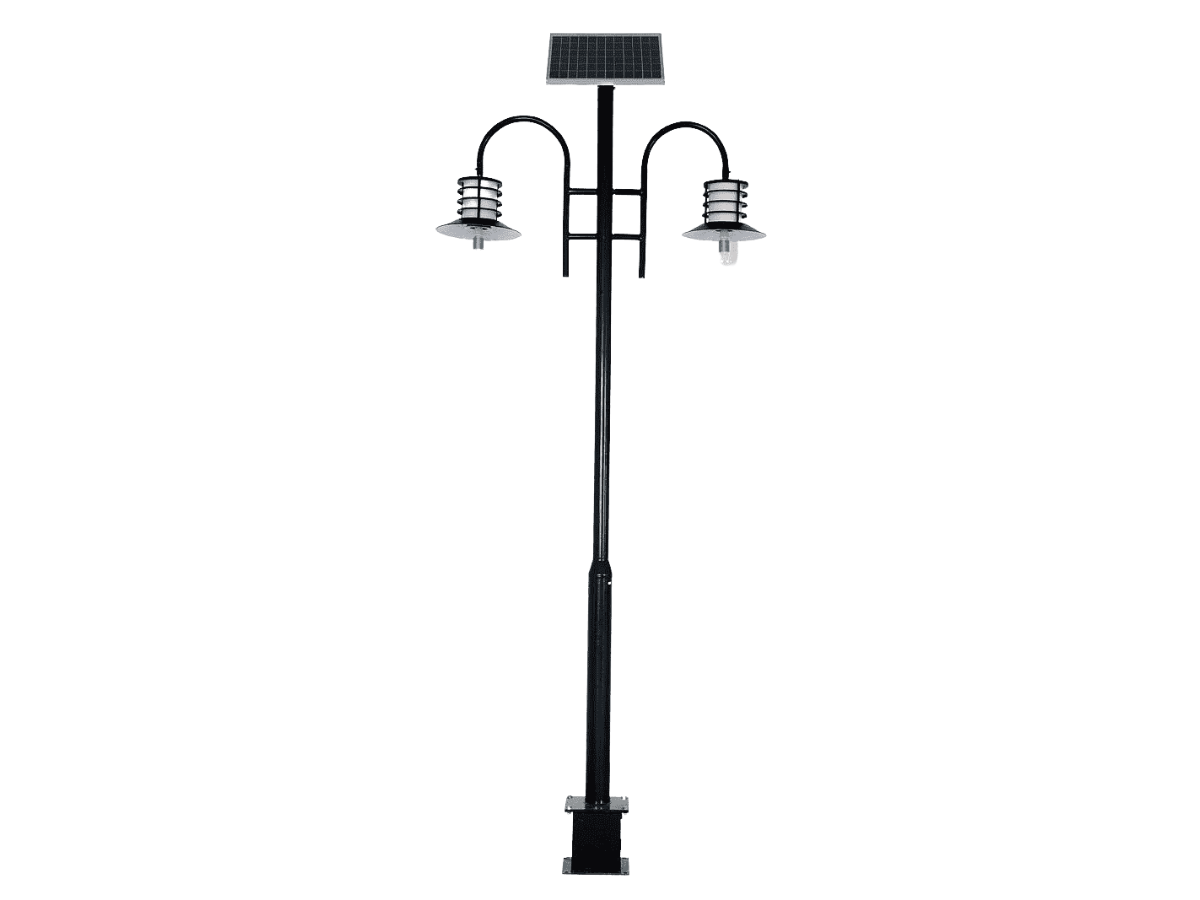
#6 Solar Street Lights
These lights are becoming increasingly popular as they are both efficient and eco-friendly. They typically last up to 10 years without much maintenance and cost around $200-$600 per light, depending on the size of the system.
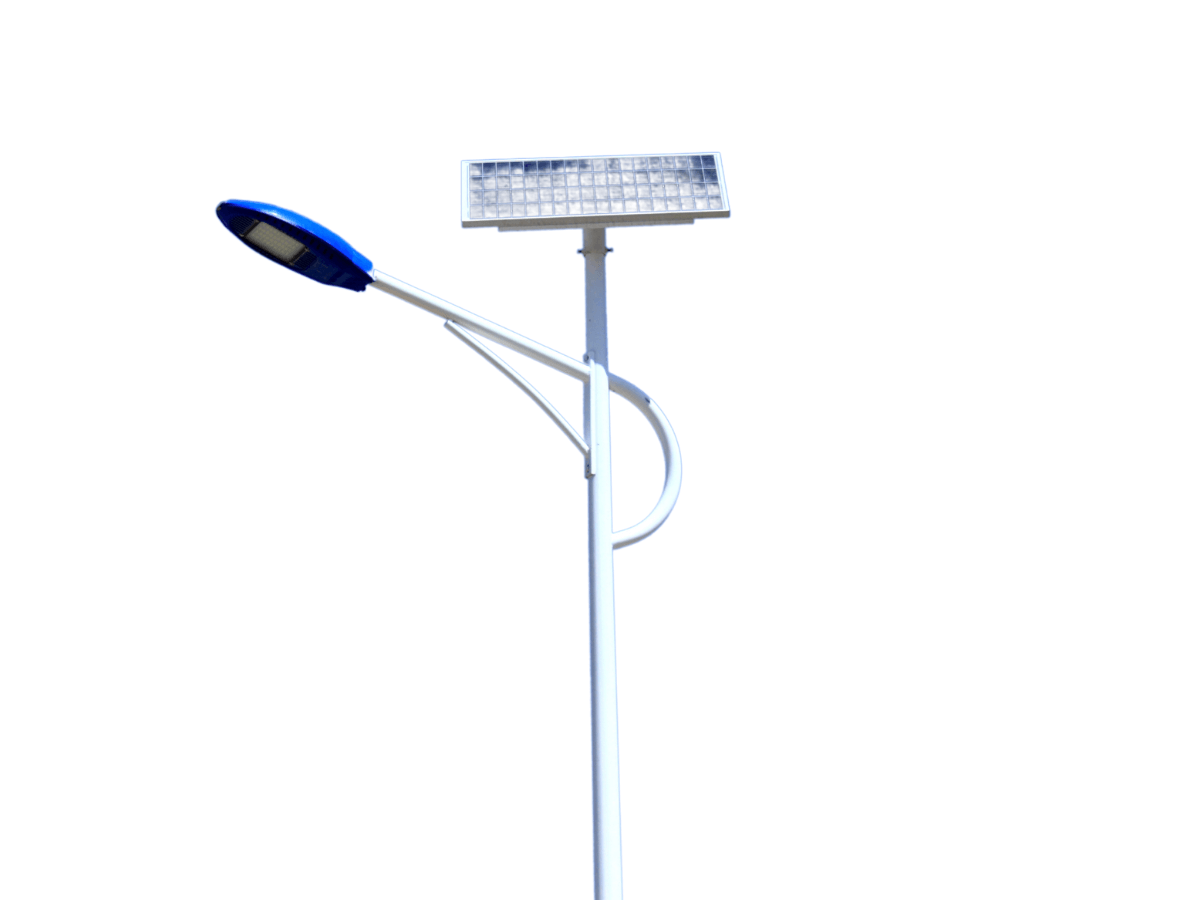
These are just a few of the types of street lights available and their associated costs. Ultimately, the best option for you will depend on your budget, location, and business needs. No matter which type of light you choose, make sure it is energy-efficient to ensure maximum cost savings.
Street Light Production Customization
Street light production can be customized in a number of ways to better suit the needs of a community or municipality. If your brand is looking for something unique, custom-tailored street light production is the way to go.
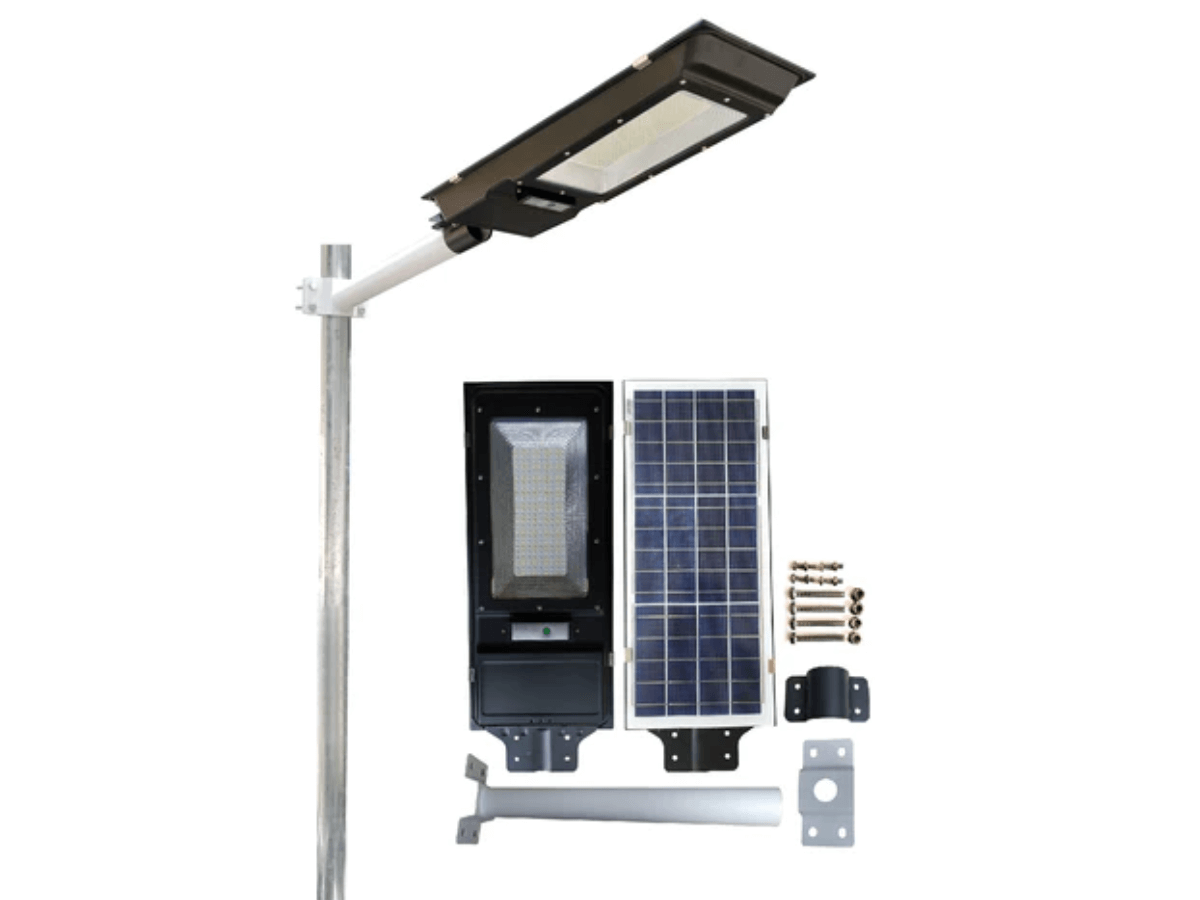
Here are just a few of the ways street light production can be customized for optimal performance:
Brand Logo
Add your company logo to the street light production, making it easily identifiable to pedestrians and drivers.
Sensor Options
Add sensors for improved visibility in dark areas or for energy-efficient operation during daylight hours.
Lighting Types
Choose from LED lighting, solar-powered lighting, and traditional incandescent lighting options. These lighting types can be customized to provide a variety of different levels of illumination.
Mounting Options
Select from a variety of mounting options, including post-top mounts, wall-mounted luminaires, and more.
Whatever your business needs are, custom street light production solutions can provide the best possible product for your brand. Get in touch with a streetlight production team if you want to start customizing your lighting solutions today!
4 Buying Tips About Street Light
If you’re in the market for a new street light, there are a few things to keep in mind. Here are four tips to help you buy the right street light for your business needs:
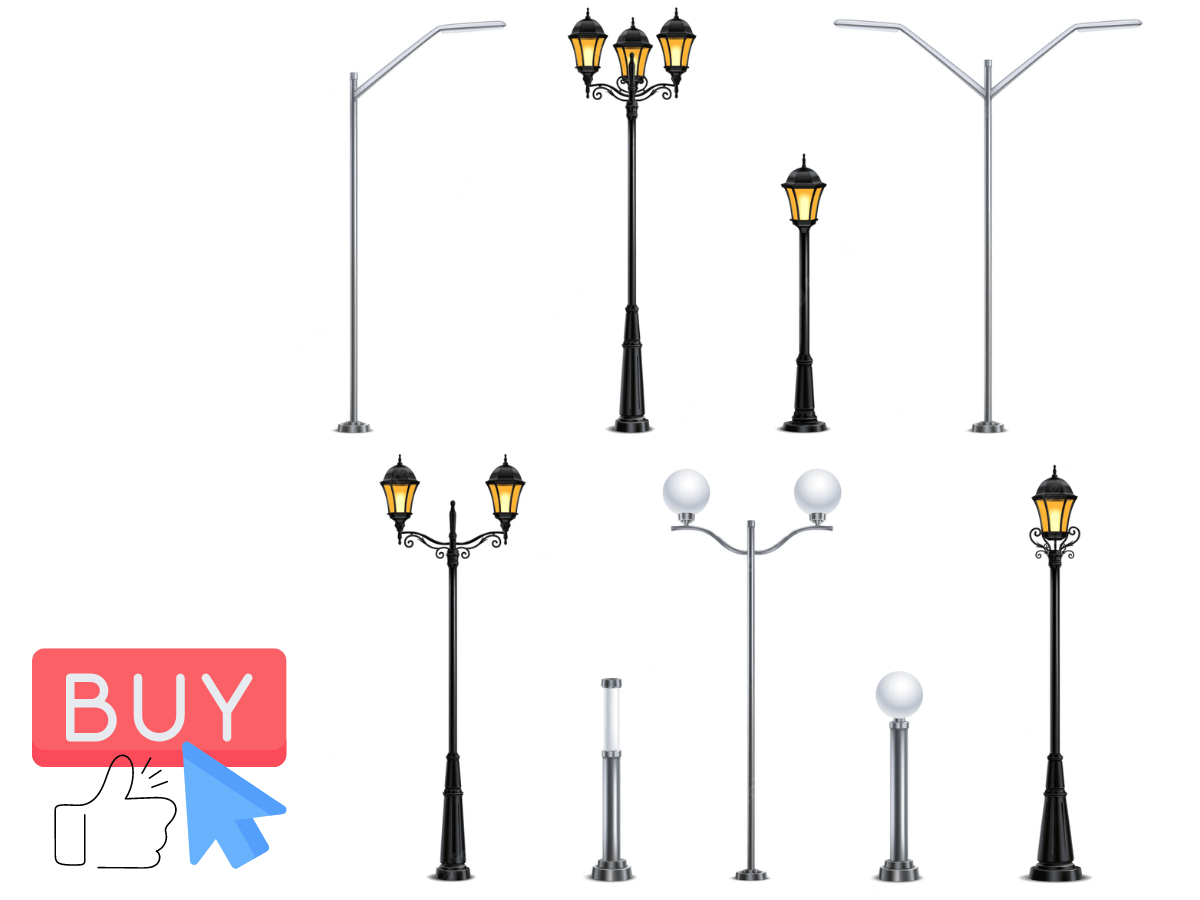
#1 Voltage
Street lights need to be compatible with the voltage of your existing system. Make sure to check the specs before making a purchase.
#2 Wattage
You want to ensure that your street light is able to provide enough wattage for your area. This will help prevent overloading and blackouts in the future.
#3 Brightness
If you plan to use the street light for safety purposes, make sure it provides enough brightness for your area. Different bulbs provide different levels of illumination. Be sure to choose one that provides enough light for the area where it will be installed.
#4 Bulbs
If you don’t want to have to replace the bulbs regularly, choose a street light with long-lasting LED bulbs. They will last much longer than traditional bulbs, saving you money in the long run.
With these tips in mind, you can find the perfect street light for your business needs! Make sure to do your research and find the one that will provide a safe, efficient source of illumination.
Green Illumination: The Eco Shift in Street Light Production
In the world of street light production, the spotlight is increasingly on sustainability. As we navigate the challenges of environmental conservation, the industry is stepping up, embracing eco-friendly practices that promise a brighter, greener tomorrow.
Eco-Friendly Materials Take Center Stage
The quest for sustainability begins with the choice of materials. Manufacturers are now prioritizing recyclable metals, glass, and plastics, reducing the environmental footprint of each street light produced.
The LED Revolution
LED technology is at the forefront of energy efficiency, slashing electricity use and carbon emissions. These lights not only last longer but also shine a light on the importance of conserving our planet’s resources.

Solar Power Shines Bright
Solar-powered street lights are emerging as champions of clean energy. Harnessing the sun’s power, they illuminate our streets without a drop of fossil fuel, showcasing the potential of renewable energy sources.
A Cycle of Sustainability
The end of a street light’s life no longer means the end of its journey. Recycling programs ensure that old lights are reborn, minimizing waste and promoting a circular economy that benefits us all.
Meeting the Standards
Compliance with environmental regulations isn’t just a legal requirement; it’s a commitment to our planet. Manufacturers are designing street lights that not only light up our nights but also safeguard our environment.
Conclusion
Street light production is a complex and involved process that should only be handled by experts. Here at Vorlane, we have years of experience in the industry and are more than qualified to help you with all your street light needs. We offer a wide array of LED products including LED bulbs, LED panel light, strip lights, stage lights, etc. Contact us today to get started!



